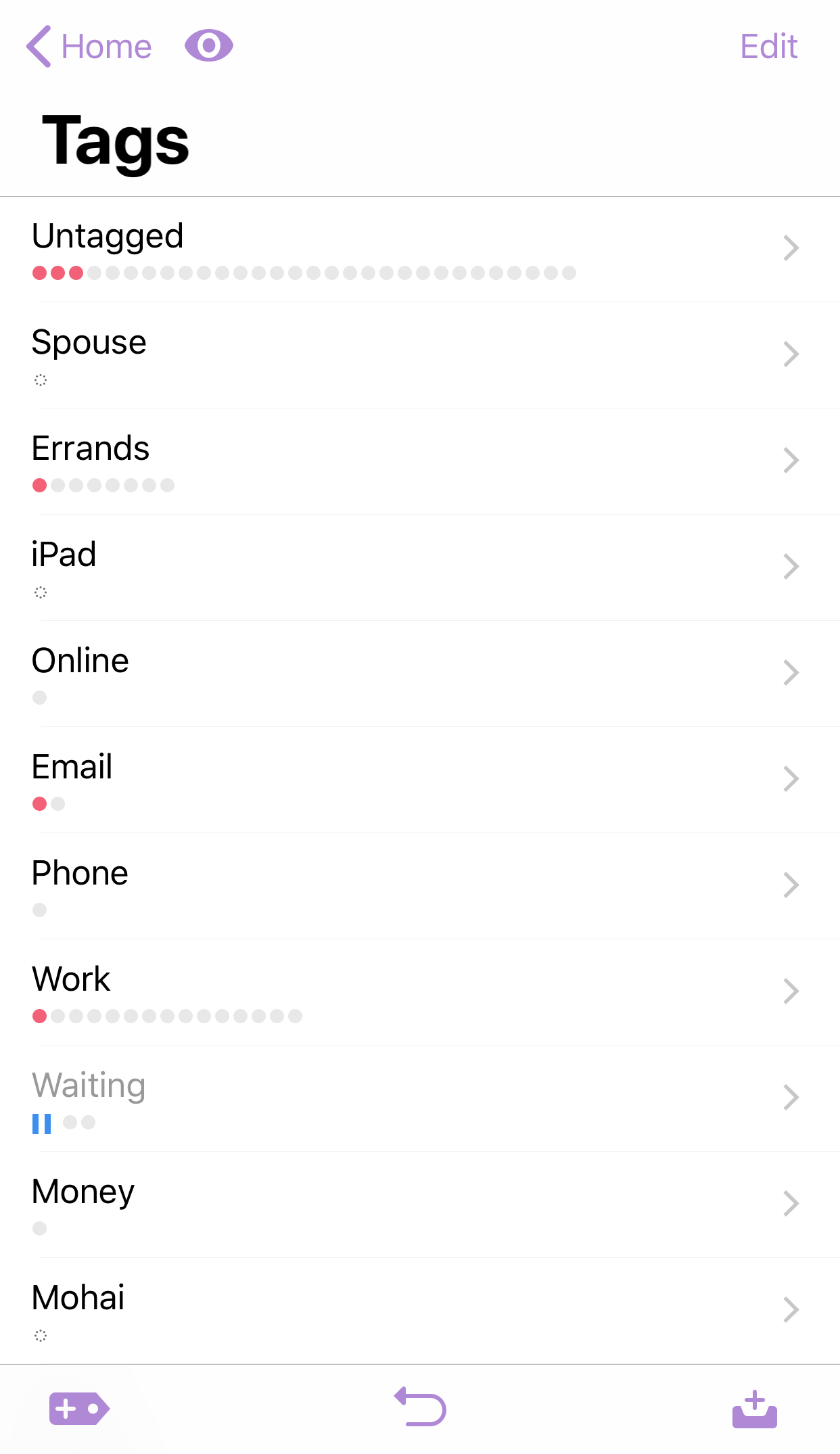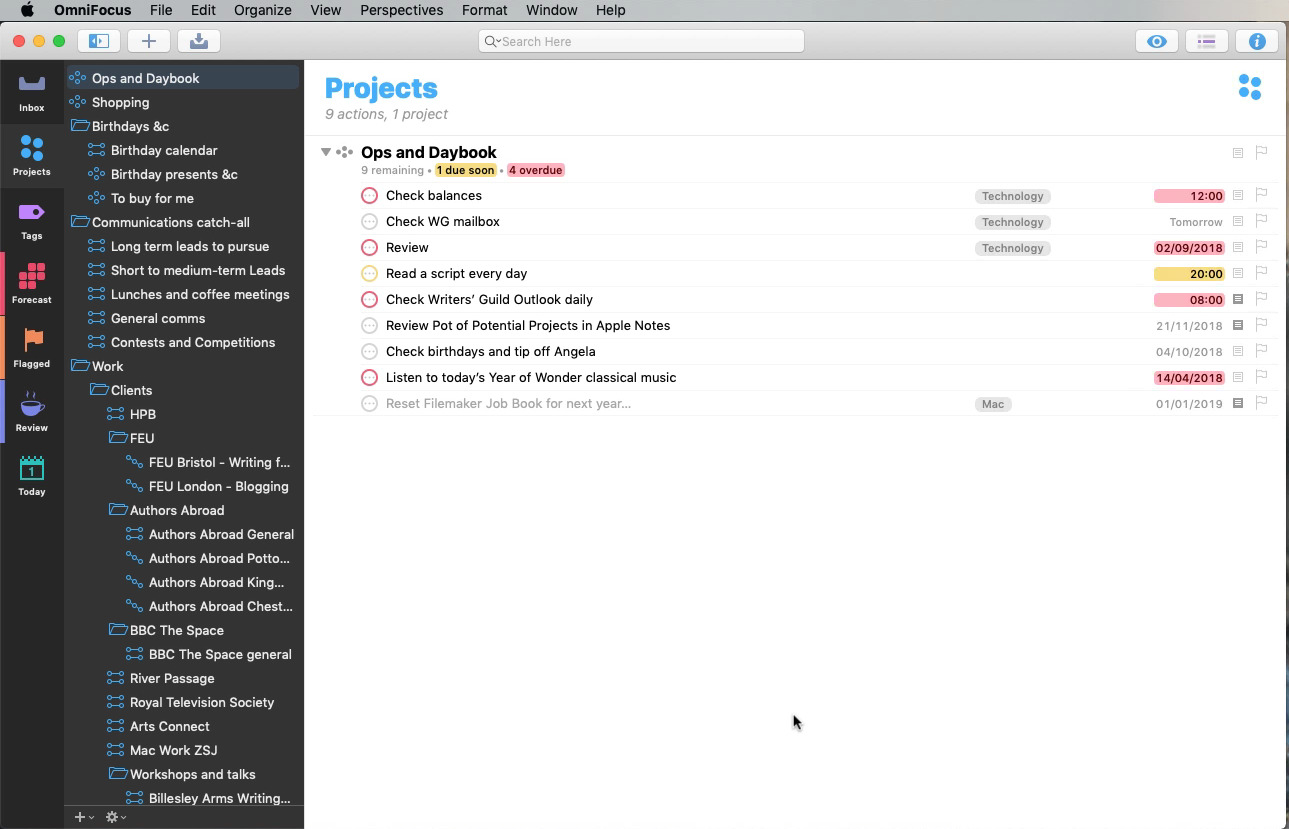

Want more productivity in your podcast? Our supporter-driven Unnested Folders podcast brings our Nested Folders format to listener questions and challenges.Mail Drop is a feature of the Omni Sync Server that lets you send emails directly into your OmniFocus Inbox. Special thanks to Josh Hughes for his amazing iconography that is part of my everyday OmniFocus experience! What are your thoughts on using Tags? How have you adopted and adapted this feature for your workflows? As before, these can also make compelling lists based on just one Tag. Such tags include Someday/Maybe, Monitor (for actions I don’t have to do, am not necessarily Waiting On, but wish to watch), and Reference (yes, I know that OF should be for action and not facts, but checklists, when applicable, benefit from having some reference material close by). I have several Tags, for example, which have an On Hold state, and so therefore take actions they are assigned to out of my actionable pool. Tags are also a great way to hack the state of an action. In other words, I like to have Tags that make sense not just as criteria or metadata, but as lists. This way, this action would show up on my Waiting On list, which I review regularly, but also my Frank list, so that if I bump in to Frank or am chatting with him, I will have this brought to my attention.

An example is:įind out what Jordan’s gift ideas might be My favourite use case for this is my expansive list of People subtags (each the name of someone I regularly interact with), along with the action or state.

Now, of course I still multi-tag actions. Once I came to that, I was able to delete a bunch of Tags, and also redefine Tags to have more apparent meaning. And yes, one can build all kinds of amazing and capable advanced perspectives in OmniFocus 3, but more often, I’m clicking a Tag to show me all the Email I need to write, or all the things that concern Susan. In other words, my actual usage of OmniFocus taught me that what I really want to see are lists. The more I thought about Tags, the more I also thought that Tags, for me, are not a criteria, they’re a list. Since the Project defines the purpose, there is very little left to talk about when it comes to naming the action.Īces for searchability, thumbs down for this being a very natural way to craft things. Here, the action name has been reduced to almost nothing, as Tags are defining the actual verb of the action ( Call), the player ( Susan), and the purpose (schedule a Meeting). This is all true, but I started finding I had nonsensical-looking actions, because Tags were defining too many things: And, like metadata, the more the merrier, since it’s very little overhead, and allows for greater searchability. Initially, I considered Tags to be like metadata. Where and how they are applied matter just as much.
#Omnifocus tags software#
Now everyone’s answer to this will be different (which is wonderful, and demonstrates the flexibility of the software here), but I wanted to share my own experience.Īs I wrote about with my adventure in naming the Forecast Tag, words matter. In what ways should I apply those Tags to actions? I adore this capability, but I think it introduces a lot of questions: One of the marquee features of OmniFocus 3 is the move from Contexts to Tags.


 0 kommentar(er)
0 kommentar(er)
